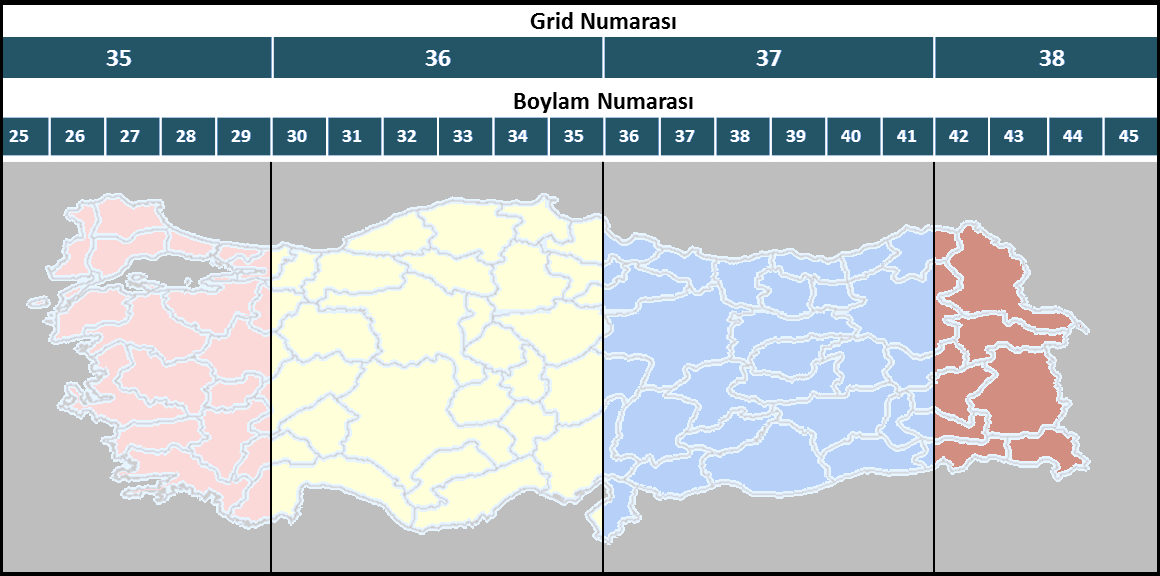Roads & PavementRoads & Pavement
Barefoot
Minimal
Low
Medium
High
Maximal
All around running shoes offer comfort and cushioning for daily runs, jogs, walks, and long mileage. They offer enough versatility for both faster and slower runs and are a great option for those who want one running shoe to do it all.
Fast run or uptempo running shoes are lightweight and responsive. They offer streamlined designs that have minimal uppers and offer a high level of energy return. These shoes are a great option for faster runs in the week or those looking for a livelier experience.
Max Cushion shoes offer premium cushioning with ample ground protection and a stable ride. These types of shoes provide abundant impact protection that softens landings while running at any pace or distance. These types of shoes are best for slower recovery runs and easy days where comfort takes priority.
Racing shoes are designed with optimal performance in mind. These types of shoes have snug-fitting uppers, energetic midsole foams, and features implemented for maximum efficiency. These types of shoes are best for runners looking to gain the ultimate advantage in races but may sacrifice some durability and comfort.
Gym Workout shoes offer a stable and versatile ride. They have a firmer underfoot feeling that provides stability for lateral movements with comfortable uppers. These types of shoes are best for trips to the gyms, cross training, casual wear, and light running. How to Convert UTM Coordinates into Decimal Degrees in ArcMap
Road running shoes feature smooth outsoles that are designed for running on paved surfaces such as roads, sidewalks, and bike paths.
Designed to handle most trail runs, these shoes prioritize comfort and a smooth ride. These shoes are great for anything from smooth singletrack, park trails, and fireroads making them ideal for those who run from their doorstep on streets before hitting the trail.
These shoes are best used for hard, rugged trails such as shale, granite or sandstone where grip on smooth surfaces and underfoot protection are important.
Designed for use in muddy, soggy conditions, these shoes feature very aggressive outsoles that dig deep into soft ground for exceptional traction.
These shoes feature technical outsoles designed to grip snowy and icy trails making them ideal for winter trail running.
Cushioning level, or stack height, refers to how much shoe is between your foot and the ground. For this category, we reference the amount of cushioning below the forefoot as the heel height will be equal to or greater than the forefoot height.
Format coordinates ArcGIS Maps SDK for .NET ArcGIS Developers
0-13mm. The Shoe generally does not have a midsole and feels like there is no cushioning. This shoe is all about feeling the ground underfoot.
14-18mm. The shoe has a thin midsole that allows for a natural running experience. Racing shoes and minimalist shoes are common here. These shoes offer a feeling of being connected to the road or trail.
19-23mm. The shoe has a slightly cushioned feel and may feature added cushioning technologies. Performance training shoes and some trail shoes are common here. These offer protection during footstrike but prioritize a lightweight, grounded experience.
24-28mm. These shoes have a stack height that fall near the middle of the spectrum.The shoes in this category are verstaile and great for all types of runs and distances.
29-34mm. The shoe has a thick midsole and ample cushioning. These shoes are highly protective and absorb more impact than the body.
35mm plus. The shoe has an extremely thick midsole and extra cushioning. The focus is on protection and soft foam underfoot with hardly any ground feel.
Neutral shoes support the foot through a normal range of arch collapse and generally do not have a built-in technology to correct movement.
Stability shoes are a great option for those who overpronate or need added support. These shoes help to limit the inward rolling motion of the ankle while running or walking and assist in guiding the foot straight through the gait cycle. How to convert lat lon elevation wgs84 to cartesian xyz
Product Details:
UTM to Latitude and Longitude Converter top, Geographic coordinate conversion Wikipedia top, GSP 270 Selecting Projections for Spatial References top, Geospatial extensions GraphDB SE 9.8.0 documentation top, database design What are the lengths of Location Coordinates top, Latitude Longitude and Coordinate System Grids GIS Geography top, Coordinate Converter top, How to set coordinate system to allow decimal degrees for GCP s top, Geographic coordinate conversion Wikipedia top, Lat Long UTM Apps on Google Play top, Degrees Minutes Seconds to from Decimal Degrees Federal top, arcgis desktop How to convert from UTM Zone 36N Mercator to WGS top, Coordinate Converter T B TAK B LGEM RAPS M top, How to convert lat lon elevation wgs84 to cartesian xyz top, Format coordinates ArcGIS Maps SDK for .NET ArcGIS Developers top, How to Convert UTM Coordinates into Decimal Degrees in ArcMap top, Import a Coordinate List with WGS84 Coordinates Support Portal top, Location in WGS84 coordinate system Decimal Degrees . Download top, Geographic coordinate conversion Wikipedia top, How to convert UTM coordinates to WGS84 for entering them into 360 top, GIS With R Projected vs Geographic Coordinate Reference Systems top, Longitude and Latitude Conversion top, UTM Converter top, How to Convert WGS 84 Lat Long to UTM Easting Northing using QGIS top, 2170 Coordinate Precision explain xkcd top, Convert Geographic Lat Lon and UTM Coordinates top, coordinate system Converting shapefile CRS from WGS to UTM in top, Coordinate Reference System and Spatial Projection Earth Data top, World Geodetic System WGS84 GIS Geography top, arcgis desktop How to convert from UTM Zone 36N Mercator to WGS top, Coordinate Converter top, UTM to Latitude and Longitude Converter top, How to Convert UTM Coordinates into Decimal Degrees in ArcMap top, UTM to Latitude and Longitude Converter top, Conversion of Coordinates Latitude Longitude using QGIS GISOutlook top, Coordinate Converter top, Deciding how many decimal places to include when reporting top, c Convert from British coordinates to standard WGS84 nmea top, Import a Coordinate List with WGS84 Coordinates Support Portal top, Download Excel template to convert between Geographic Coordinates top, c Convert from British coordinates to standard WGS84 nmea top, Deciding how many decimal places to include when reporting top, coordinate system Correct way to use WGS84 lat long degrees in top, c Convert from British coordinates to standard WGS84 nmea top, how to convert lat lon elevation wgs84 to cartesian coordinates top, List of the sampled sites. Geographical coordinates are in decimal top, Sampling localities with GPS Coordinates in WGS 84 decimal degrees top, Location in WGS84 coordinate system Decimal Degrees . Download top, Geographical coordinates of sites WGS 84 with longitude in top, Location in WGS84 coordinate system Decimal Degrees . Download top, Product Info:
Wgs84 decimal degrees top.
- Increased inherent stability
- Smooth transitions
- All day comfort
Model Number: SKU#7491133





